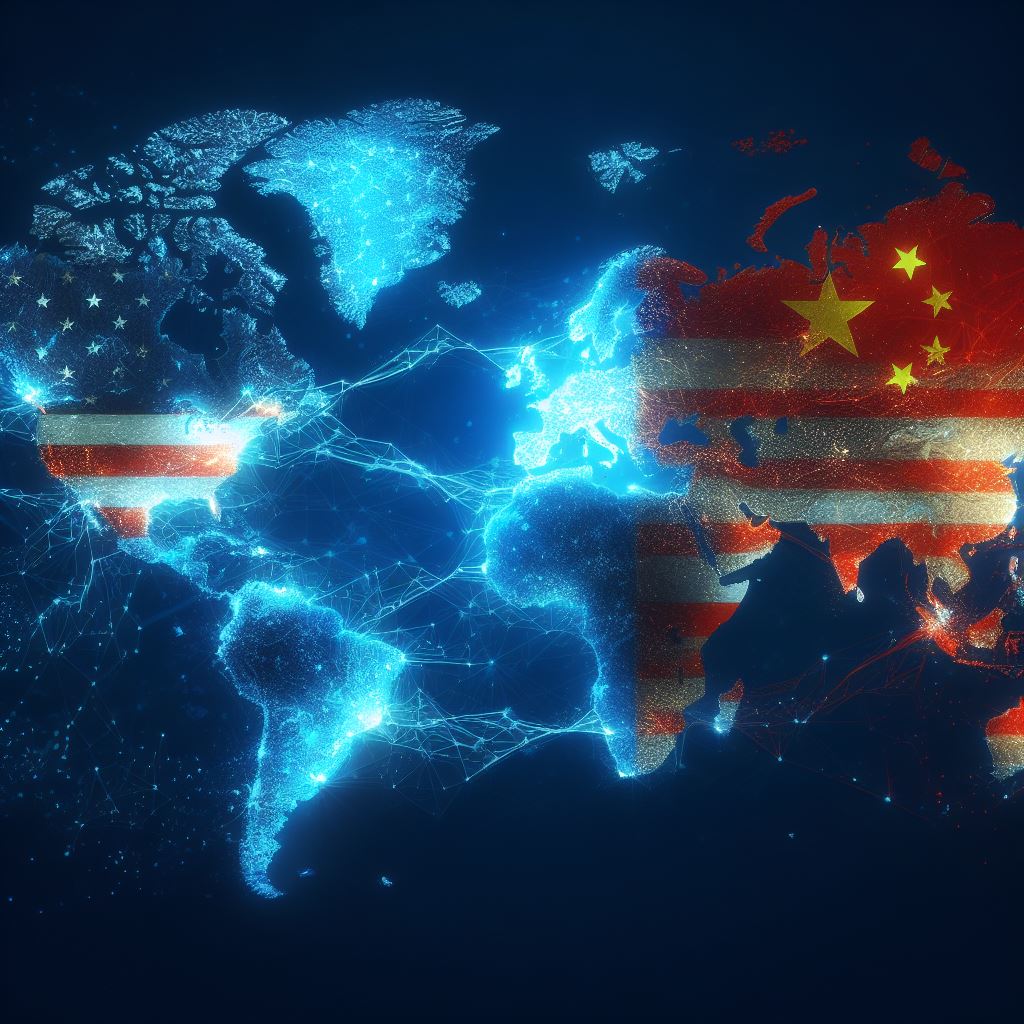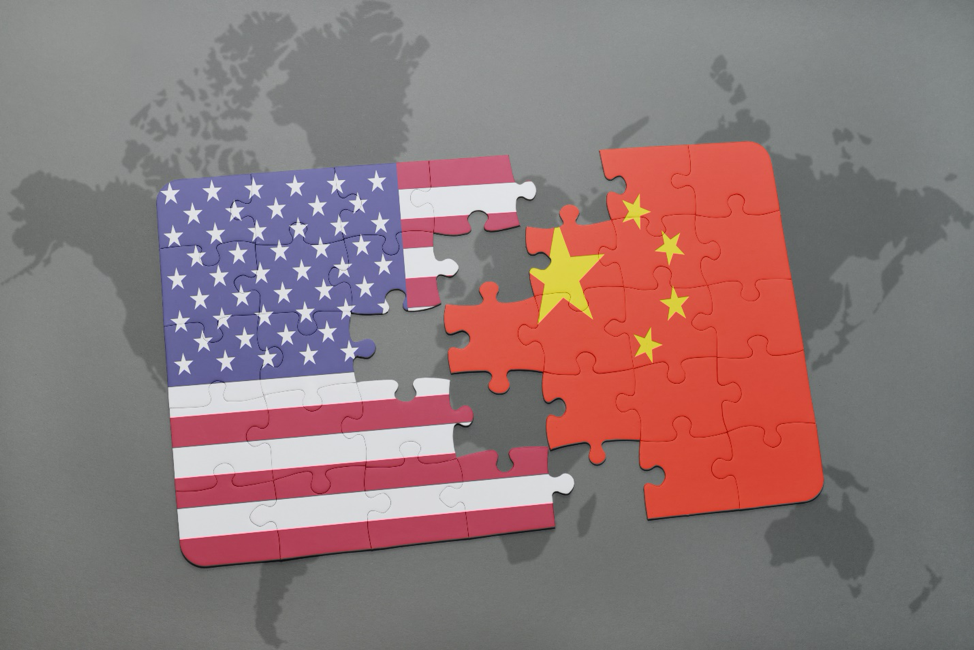Table of Contents
The first quarter of 2024 witnessed a dramatic shift in China’s smartphone landscape. Huawei, a tech giant crippled by U.S. sanctions, staged a remarkable comeback, reclaiming the top spot in its home market. This article delves deeper into this resurgence, exploring the factors that propelled Huawei’s rise, the challenges it faces, and its potential impact on the global smartphone industry.

A Stunning Rebound:
After enduring a brutal period of decline following the U.S. ban, Huawei’s shipments in China surged by 70% year-on-year in Q1 2024. This aggressive comeback stunned analysts and competitors alike. Notably, Apple, the previous market leader, suffered a significant dip of 25% in shipments, highlighting the intensity of the competition.
Fueling the Comeback:
Several factors contributed to Huawei’s resurgence. Firstly, the launch of the Mate 60 Pro marked a turning point. This flagship phone, equipped with Huawei’s own 5G chips, defied expectations. The company’s ability to navigate the chip shortage and develop its in-house alternatives showcased its resilience.
Secondly, the introduction of the Pura series further bolstered Huawei’s position. This revamped flagship line offered consumers a compelling alternative with cutting-edge features. By revitalizing a familiar and trusted brand (the P series), Huawei tapped into consumer loyalty.
Thirdly, the development of HarmonyOS, Huawei’s homegrown operating system, proved to be a crucial move. While initially a response to the Android ban, HarmonyOS holds the potential to become a viable third ecosystem alongside Android and iOS. Its success hinges on attracting developers, and strong domestic sales figures can pave the way for a more attractive app marketplace.
National Pride and Political Landscape:
Beyond technical advancements, the “Made in China” sentiment likely played a role in Huawei’s resurgence. The company’s struggles under U.S. sanctions may have resonated with a nationalistic fervor, encouraging domestic consumers to support a Chinese tech giant.
Remaining Challenges:
Despite the impressive comeback in China, Huawei’s path forward remains fraught with challenges. The U.S. ban continues to hinder its global ambitions. HarmonyOS needs to reach a critical mass of users and app developers to compete effectively on the international stage.
Furthermore, the Chinese smartphone market is fiercely competitive, with razor-thin margins separating top vendors. Maintaining consistent growth will require continuous innovation and strategic marketing.

Global Implications:
Huawei’s resurgence in China has significant implications for the global smartphone market. It signals that a Chinese company can potentially become a major player even without relying on American technology. This could embolden other Chinese tech giants to pursue independent innovation and software ecosystems.
Moreover, increased competition from Huawei could trigger price wars and increased pressure on existing players like Apple and Samsung. Consumers might benefit from a wider range of innovative and affordable options.
The Road Ahead:
Huawei’s comeback story is far from over. While the future remains uncertain, the company’s success in China demonstrates its tenacity and ability to innovate under pressure. The next chapter will hinge on its ability to nurture HarmonyOS, navigate the global market landscape, and maintain momentum in its home market.
Whether Huawei can truly rise from the ashes and become a global force again is a question that only time can answer. But one thing is clear: the Chinese tech giant is back in the game, and its return has already significantly reshaped the smartphone industry in China, with potential ripples felt worldwide.
The statistics paint a clear picture: Huawei’s ascent to the top of China’s smartphone market in Q1 2024 is a remarkable feat. However, beneath the surface lie deeper narratives and potential long-term implications that deserve exploration.
Beyond Hardware: The Software Gamble with HarmonyOS
HarmonyOS is more than just a replacement for Android. It represents a strategic gamble by Huawei to establish a foothold in the software ecosystem. While the reported 800 million devices running HarmonyOS is impressive, the real test lies in attracting developers. Here’s why:
- App Gap: The lack of popular global apps on HarmonyOS could be a significant turnoff for potential users. Can Huawei incentivize developers to create a robust app library that rivals established ecosystems?
- Open Source vs. Closed Garden: Will HarmonyOS remain open-source, fostering collaboration and innovation, or will it become a closed garden akin to Apple’s iOS? This decision will significantly impact its long-term appeal and adoption rate.
The success of HarmonyOS could redefine the mobile software landscape. If it flourishes, a “trifecta” of operating systems – Android, iOS, and HarmonyOS – could emerge, offering consumers more choice and potentially driving innovation across the board.
The National Security Debate:
The U.S. trade ban on Huawei stemmed from national security concerns. While the company denies any wrongdoing, the debate surrounding secure technology supply chains continues. This raises a question:
- Can Huawei build trust on the global stage? Reassuring international partners about the security of their data and networks on HarmonyOS-powered devices will be crucial for Huawei’s global aspirations.
The Geopolitical Smartphone Landscape:
Huawei’s resurgence in China underscores a larger geopolitical trend – the rise of self-sufficient technological ecosystems. This trend could have significant implications:
- Tech Cold War? Could we see a further decoupling of American and Chinese tech ecosystems, with each fostering its own software and hardware standards? This could lead to less collaboration and potential compatibility issues for consumers.
- Opportunities for Other Players: With Huawei’s focus on the domestic market, could companies like Samsung and Xiaomi gain a stronger foothold in other regions? The answer may depend on their ability to innovate and meet evolving consumer demands.

The Bottom Line: A Reshaped Future?
Huawei’s comeback is not just a story about a single company. It’s a story about resilience, innovation, and the potential for a reshaped global tech landscape. Here are some key takeaways:
- A Strong China Play: Huawei’s success in China demonstrates that Chinese tech giants can thrive despite significant challenges.
- The Future of HarmonyOS: The long-term success of HarmonyOS will depend on its ability to attract developers and navigate the global security debate.
- A More Fragmented Future?: The rise of self-sufficient ecosystems could lead to a more fragmented tech landscape, with implications for both competition and consumer choice.
The implications of Huawei’s comeback are still unfolding. Whether it heralds a new era of competition or a more fragmented tech world remains to be seen. One thing is certain – the global smartphone market is entering a new phase, and Huawei’s return is a catalyst for significant change.



